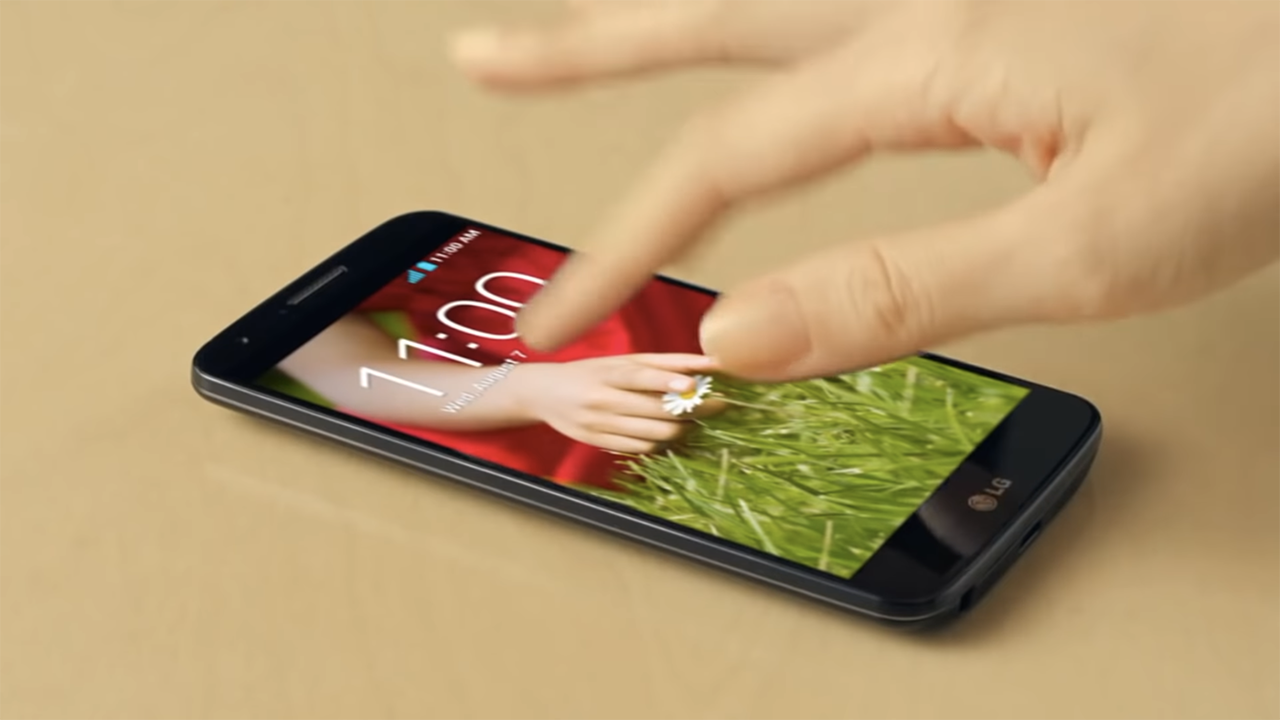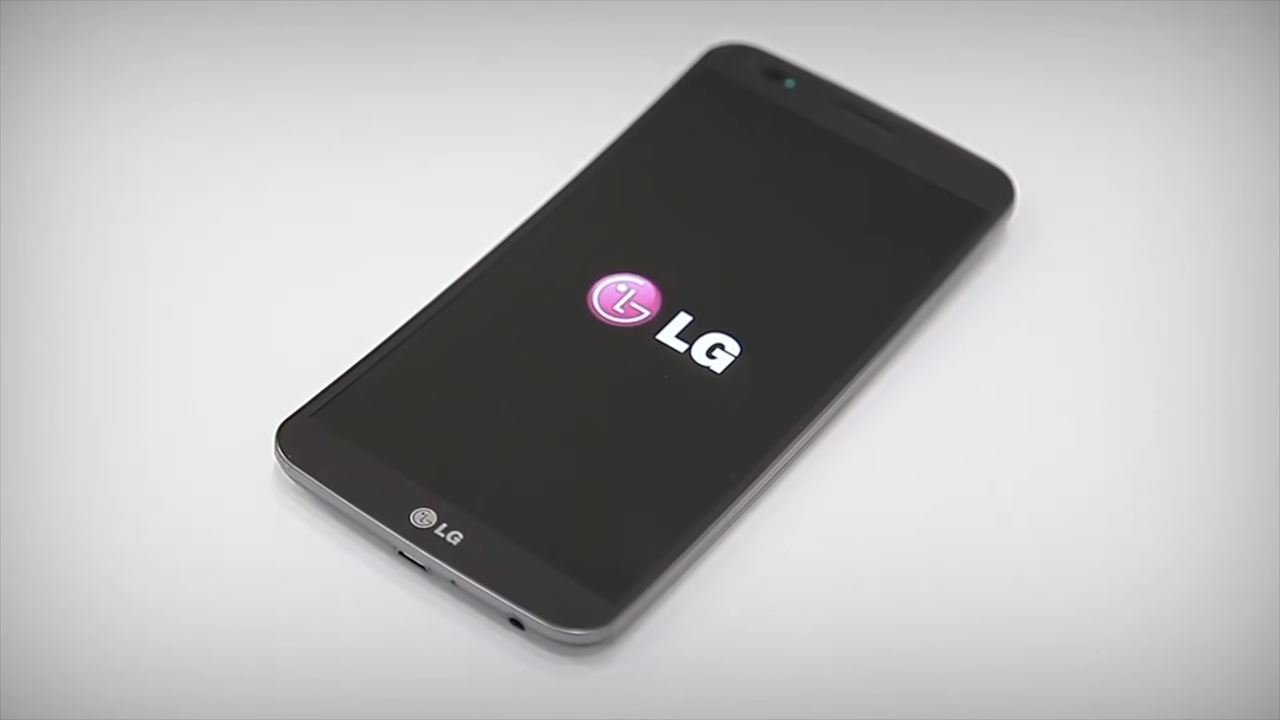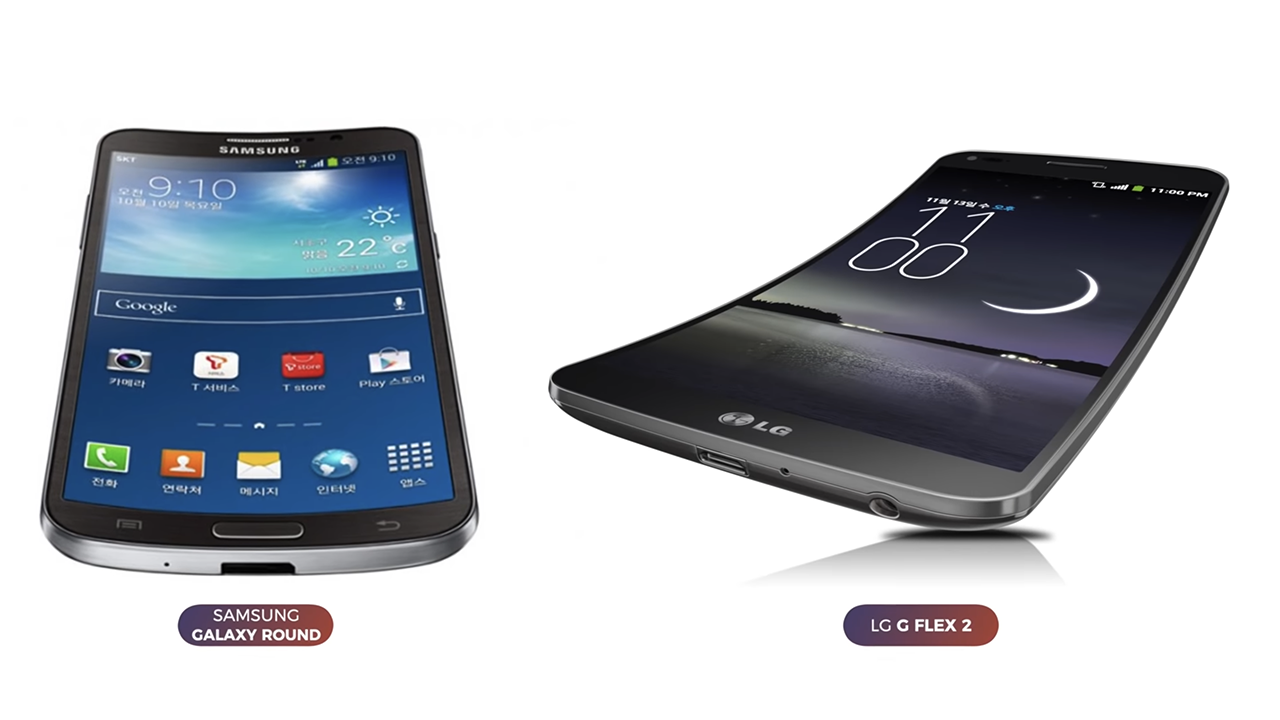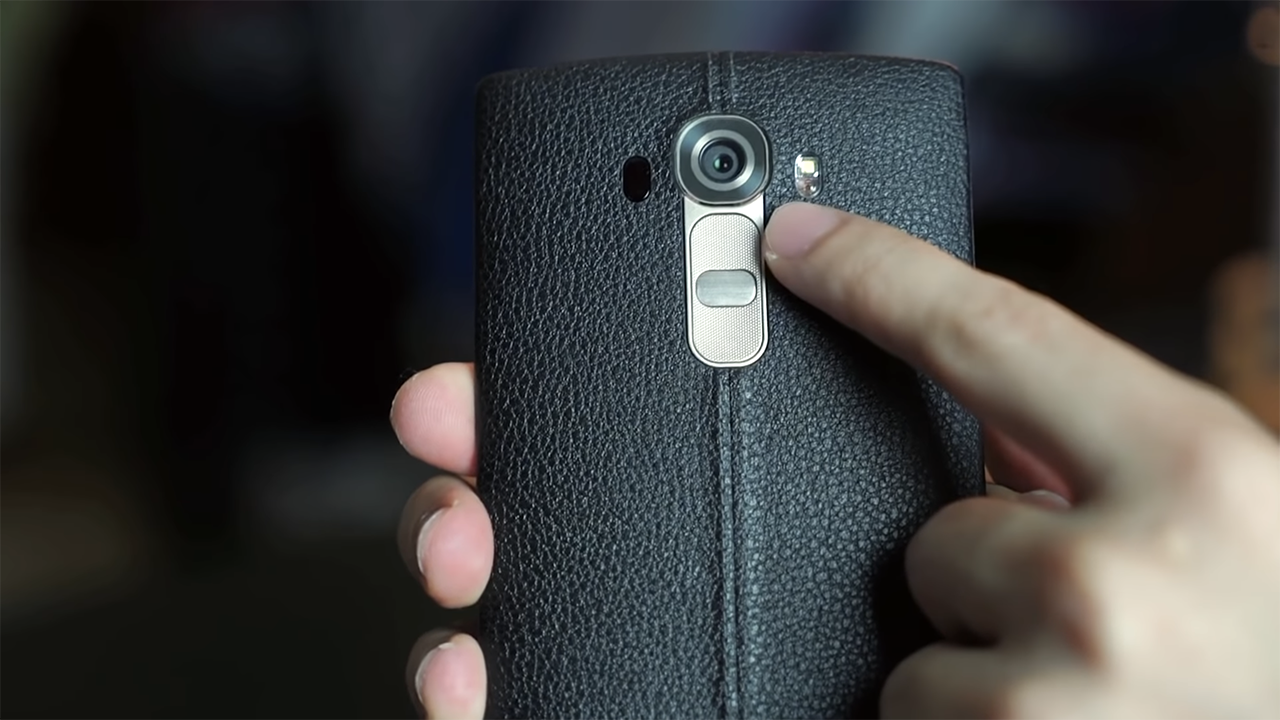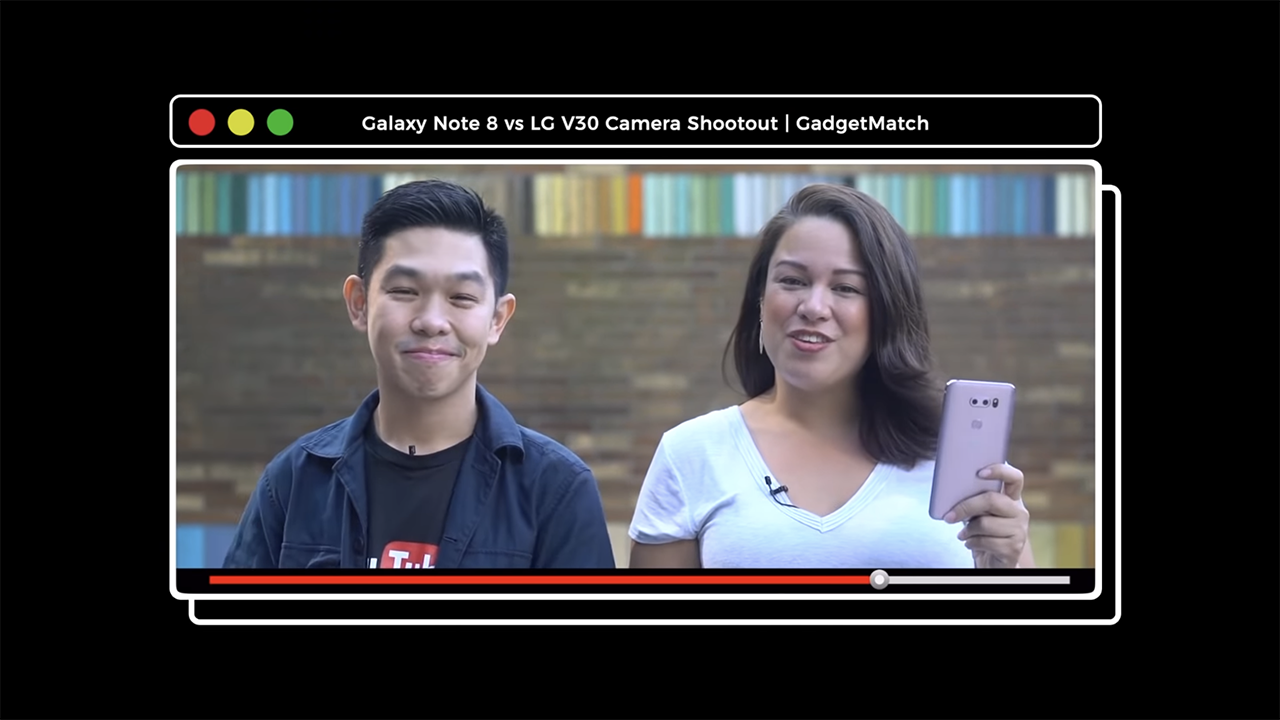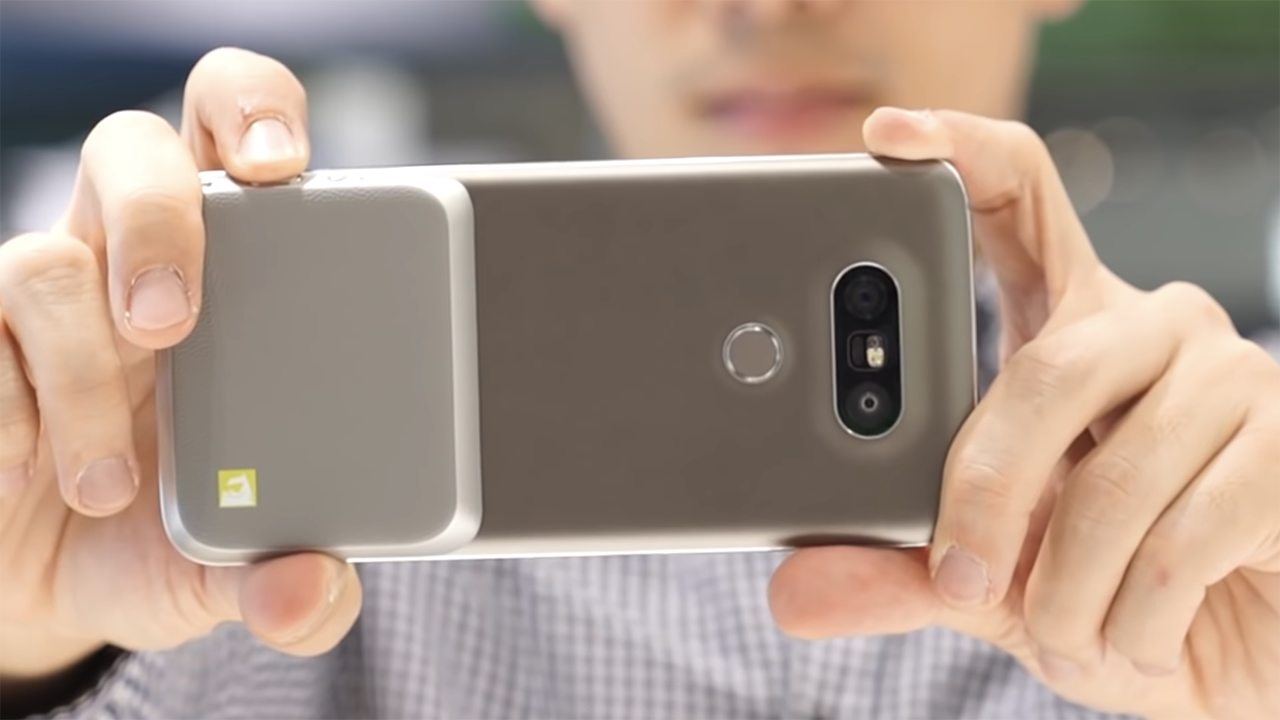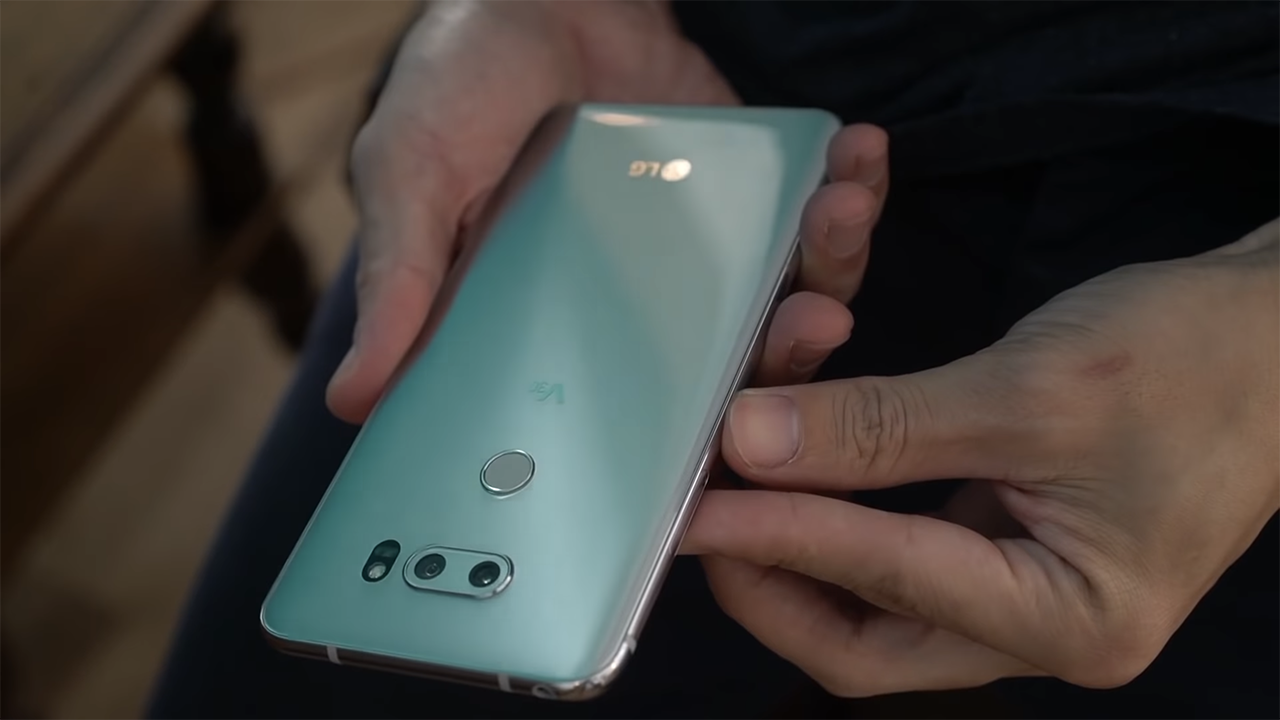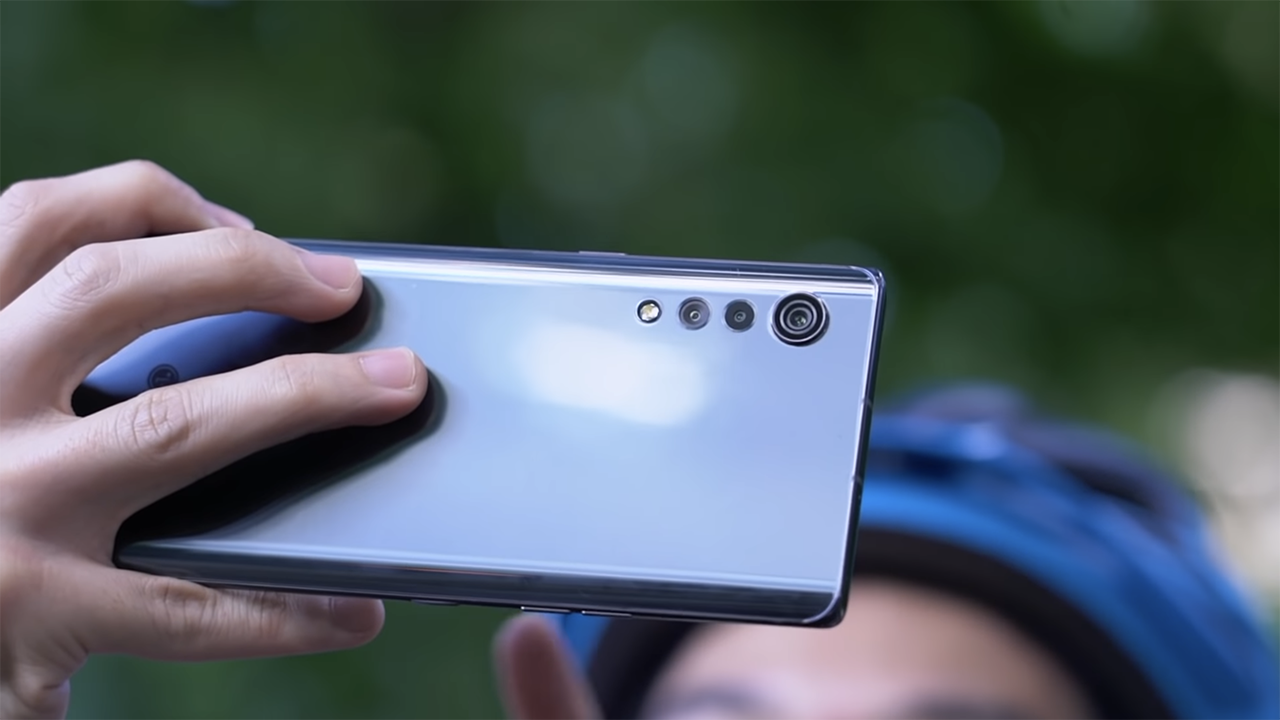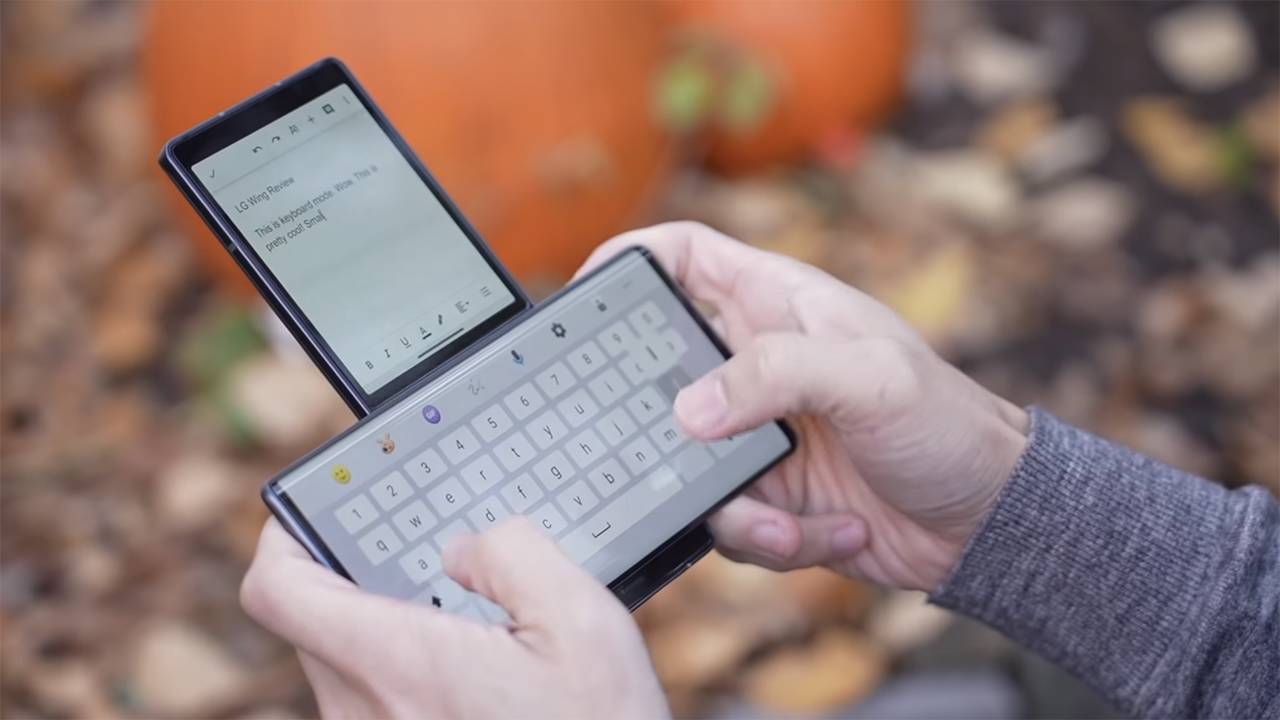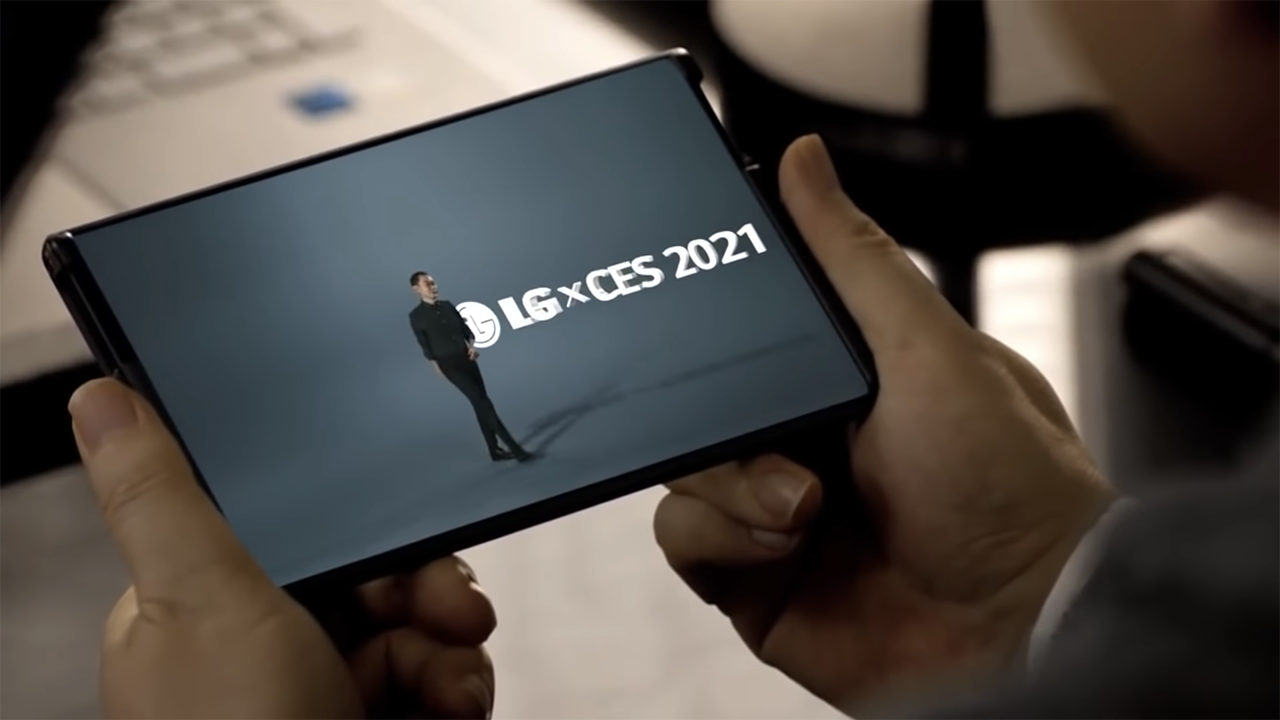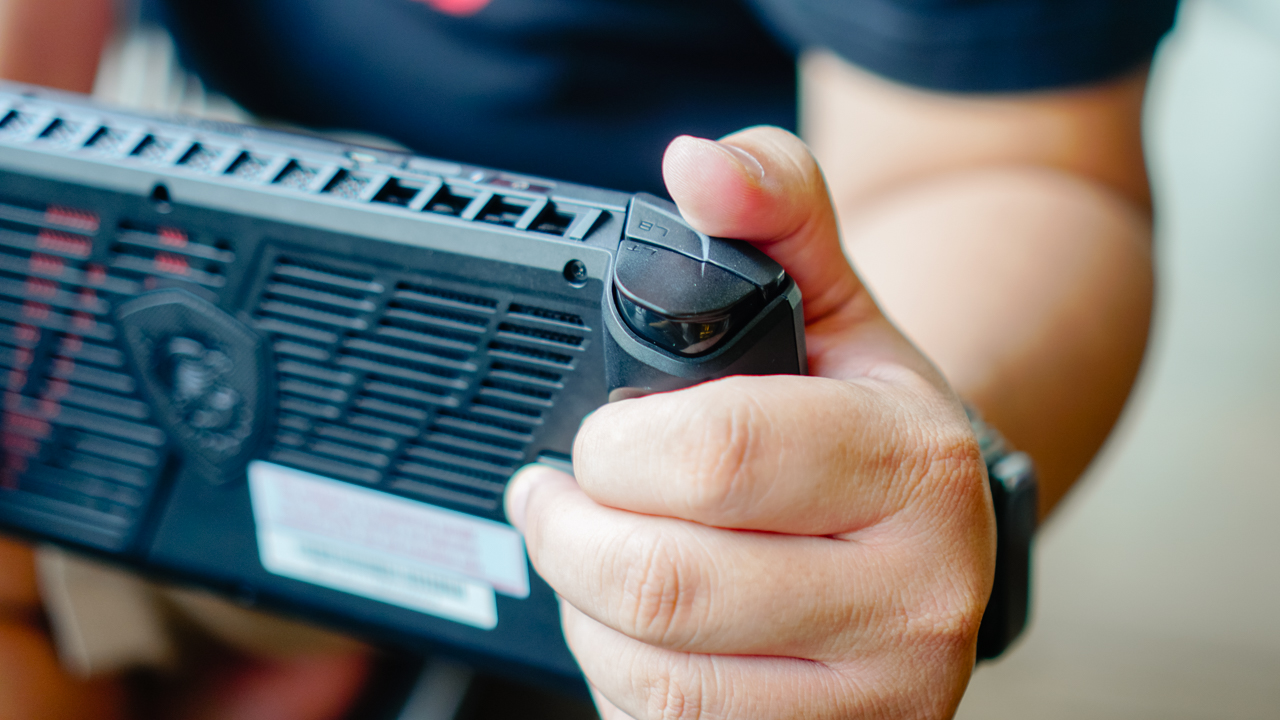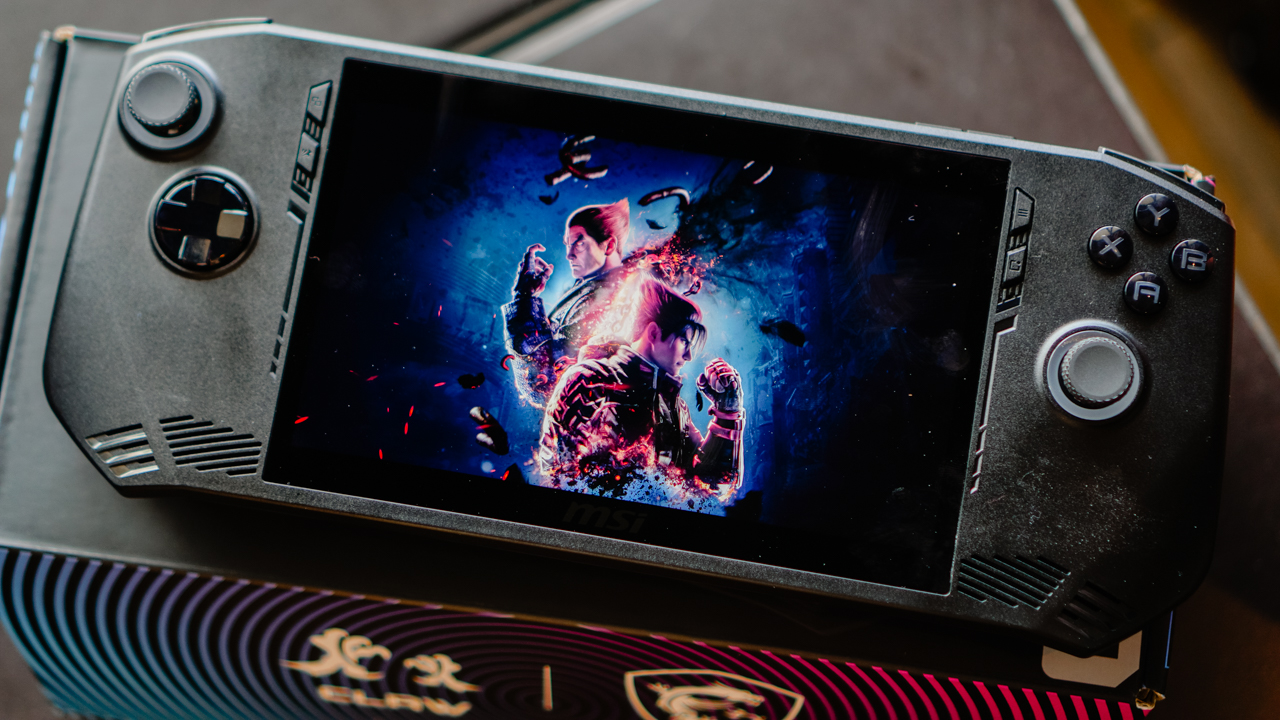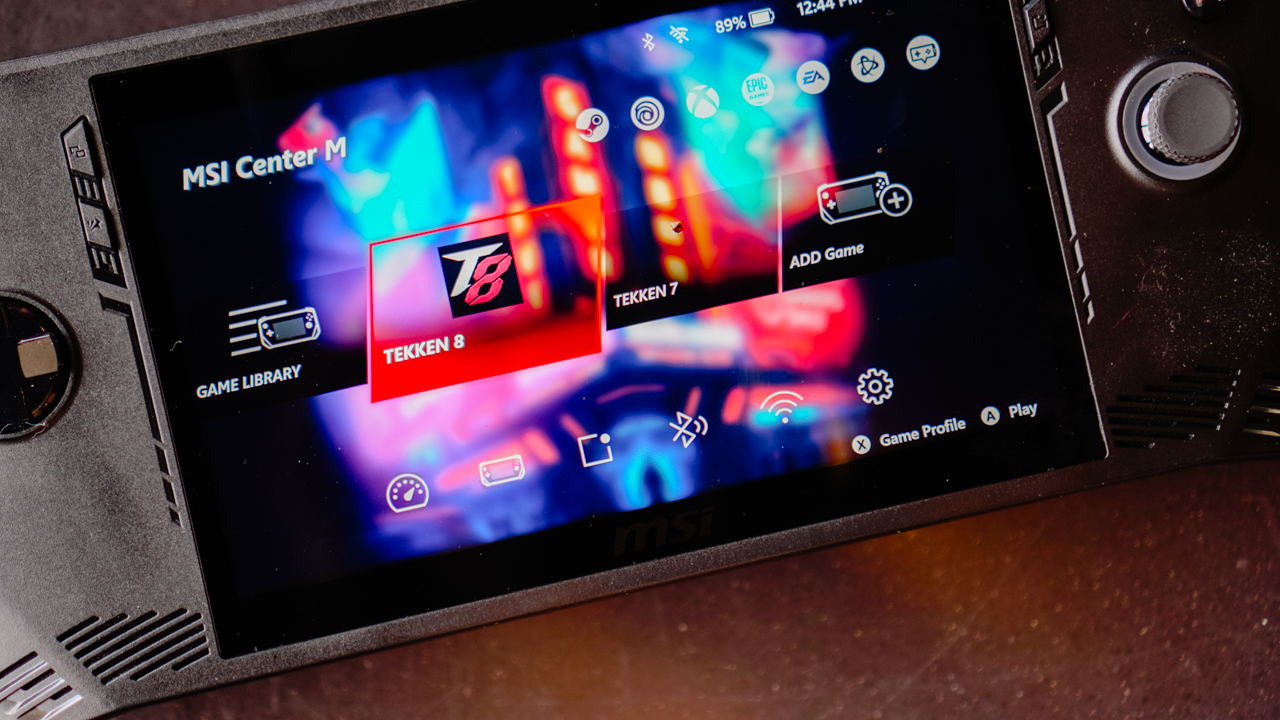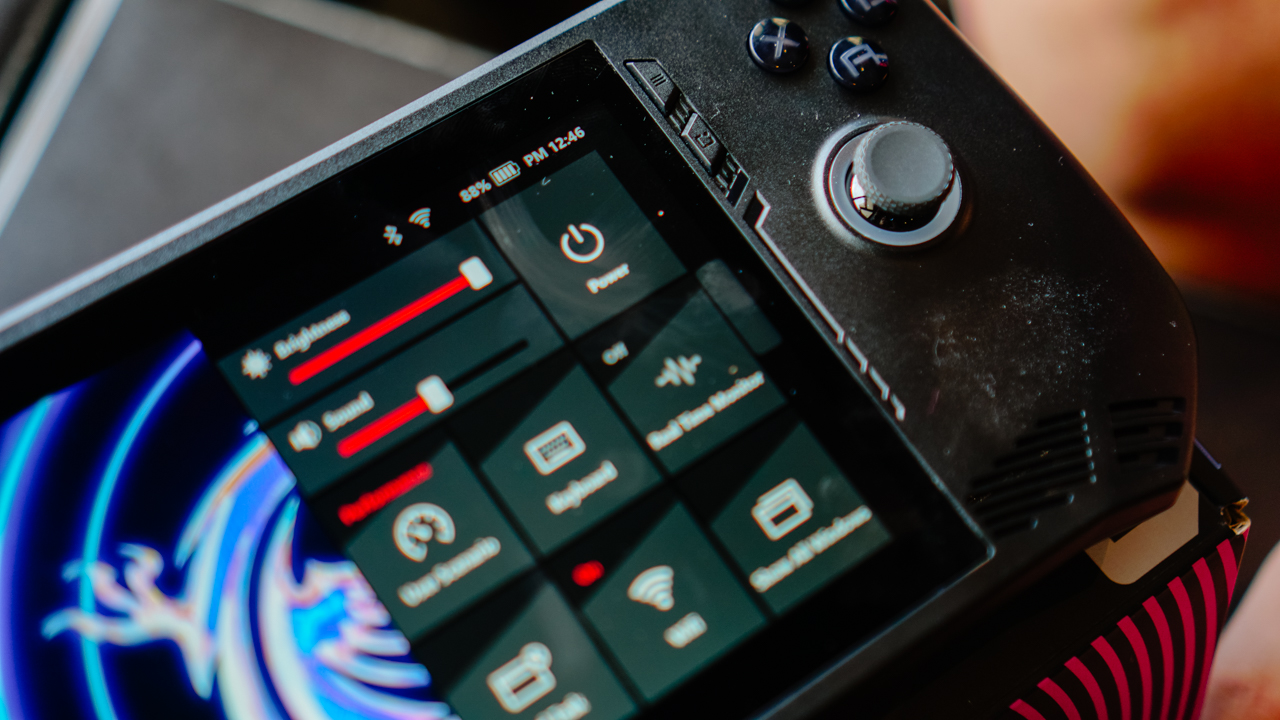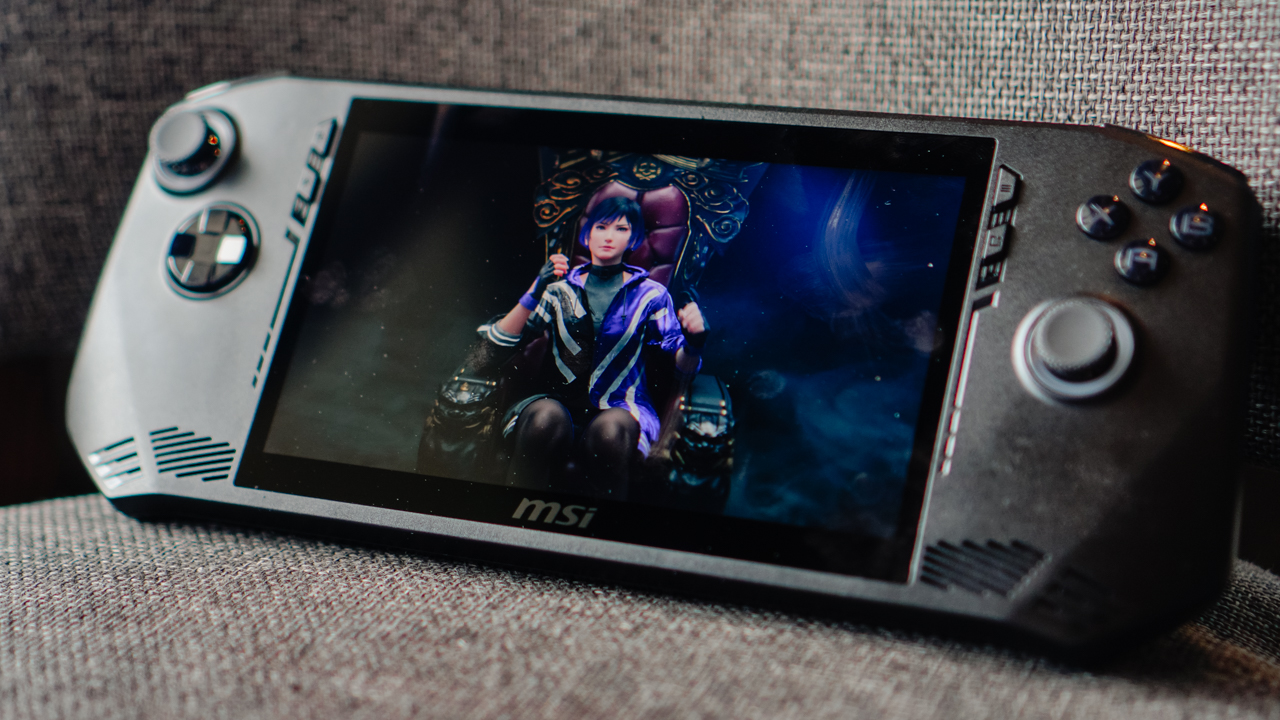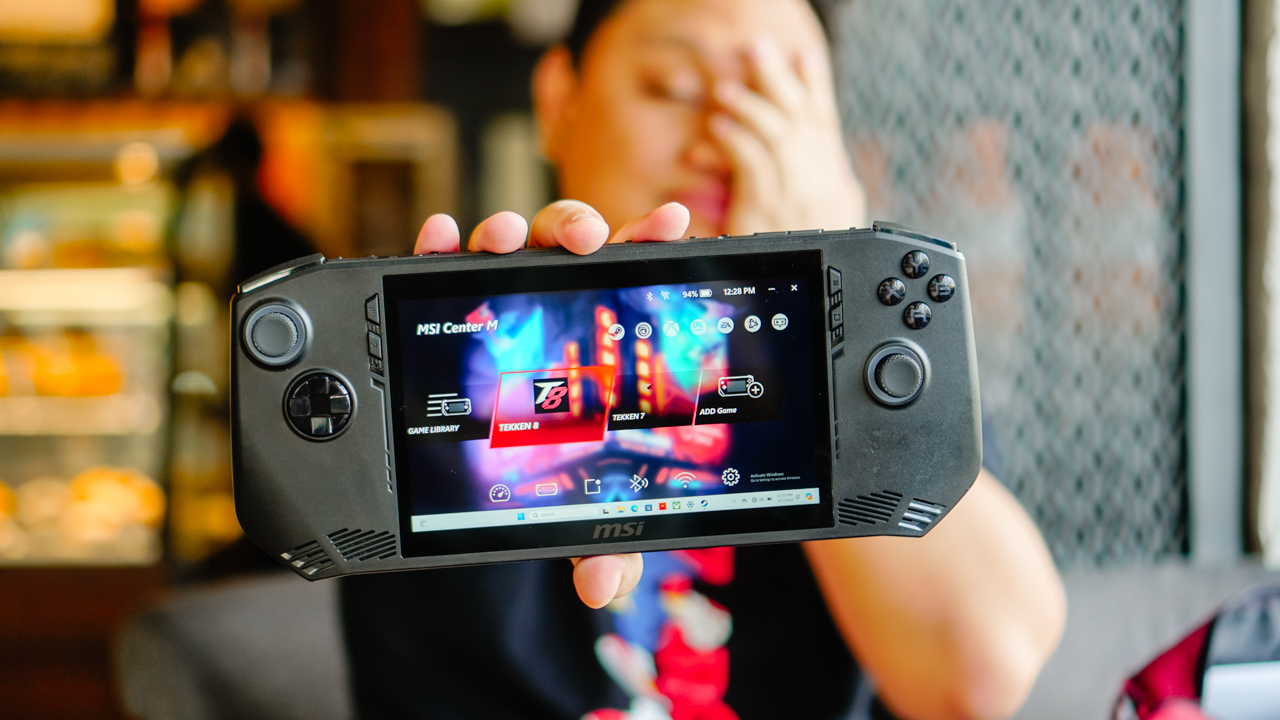

Last night before heading to bed, I got the news about LG closing down its mobile division.
And nope. This is no April Fools joke. LG isn’t going to be making and selling any new mobile phones. Instead, they’ll be focusing on other growth areas.
That said, I woke up feeling a bit sad, like anyone who has lost someone or something. As a tech creator — I have many fond memories covering LG and am fond of many LG smartphones. As a lover of all things tech, I’m also sad to see a player in this space bite the dust — especially one that has done its part to push the boundaries of this space.
So before I continue with regular programming, I think it’s only fitting to take a trip down memory lane and celebrate the legacy left behind by LG Mobile.
LG G2
I was a bit late to the game. I had toyed around with other LG phones but the first LG smartphone I used as a personal phone and one that I actually reviewed was the G2 back in 2013. It was one of my favorites — so much so that I called it the best smartphone that year. And I think it’s because it had the best camera. Better even than the Galaxy S4.
Unfortunately, I dropped it, in Korea of all places and smashed its screen to smithereens.
LG G FLEX
Believe it or not, my first CES coverage was in 2014 and this is where I first got to play with the LG G Flex. The phone came at a time where both Samsung and LG were first experimenting with a flexible display.
LG’s version made more sense to me because it was Candybar-shaped, just slightly convex so it matched the curves of your buns. And if you put it in your pocket and sit on it and the screen would flex and give but just curve back to normal after.
I also liked that its back was made of self-healing material — that would repair minor scratches and scuffs over time. I still wonder why we never saw that feature again.
LG G4
The next LG phone that I really liked was the G4. It was special for many reasons.
This could be the first time that we saw actual leather used on a phone. No faux leather — but actual leather. And it came in like a dozen colors. Despite that, the back was still removable. Meaning, you could also pop in and out the battery.
The G4 wasn’t the first phone I did a video on — on the GadgetMatch channel — but it was my first unboxing video as your Gadget Match maker.
It was also special to me because this is how I met my good friend Nicole Scott. Back then Nicole and I were based in Asia — and we were covering the regional launch event in Singapore.
Back then, we both didn’t have a device to review ahead of launch. So we stayed behind at the venue until we were kicked out. That’s how we realized we were made from the same DNA and have been close ever since.
Nicole and I did our first video together a few years later in Berlin and it was about Zoom vs Ultra Wide — where we compared the Galaxy Note 8 vs the LG V30.
LG V1O
Later that year LG introduced the V Series and the V10 has got to be one of my favorite of all the V phones ever released. I loved its rugged aesthetic including its rubber back and stainless steel frame. It also had a cool ticker display up top. The V10 was a precursor to some of LG’s best smartphones to date.
LG G5
A year later I still wasn’t important enough to get review devices early. But in Barcelona, LG lent me a G5 in all colors. And this was an exciting time for LG.
While the concept didn’t take off. I still think the idea behind a modular smartphone is ahead of its time but possibly still in our future. Imagine you could pop in all sorts of modules to give the phone added functionality. A better camera. Better audio. Longer battery life.
But where LG and the G5 deserve the most credit is for the addition of the Ultra Wide Angle Camera — before Apple, before Samsung. Before the whole industry did it — there was LG and the G5. And perhaps we have them to thank for this trend.
The dark years
The last few years that followed were rough for LG and this is where it seems that they stopped getting love from creators. I do remember the G6 and how LG challenged me to dunk it in a tiny washing machine. That video was fun to make.
I will say around this time is where LG really came into its own. The V30 for example is where they embraced their own design language. That said the phones we saw from LG over the next few years weren’t particularly exciting even if they did excel in terms of audio quality.
LG V60
Currently the longest review video I’ve ever done — longer than 30 minutes — is on the LG V60. I spent so much time reviewing that phone because I believed it was so underrated and didn’t get the attention it deserved.
It was also one of the phones that LG shipped with a Dual Screen case, another feature that didn’t get a lot of love but still groundbreaking in its own right.
LG’s approach to multitasking on a device is perhaps ahead of its time in the sense that Android just isn’t designed for two separate screens yet. I’d like to think it paved the way for the likes of the Microsoft Surface Duo, which also didn’t take off not because two screened phones are not a great idea but more because the software isn’t ready to support the promised experience.
LG Velvet
Last year, apart from the fact that my review unit came in grey, I loved what the LG Velvet aimed to accomplish: offer an affordable phone with features most users needed and nothing more.
LG Wing
And finally the LG Wing — which is a phone I never got to review because it arrived late and at that time I was already busy with other stuff. I will forever cherish this device — as it was my last LG phone.
It came right after my birthday last year and the day it arrived, my friends and I were hanging on my roof, and LG had sent a whole bunch of chicken wings as a fun play on the phone’s name.
The Wing was cute, not necessarily practical but it was refreshing to see LG continue to experiment. And it’s unfortunate that their journey ends here. At least for now. I mean, you never know.
고마워 (gomawo), LG!
Earlier this year, we saw LG tease their rollable phone concept — that’s another something we’re never gonna get. I know some of you are wondering why I’m even affected by this news and no I’m not just jumping on the bandwagon.
LG has not only been part of my journey as a creator. Not only have I met plenty of LG Mobile employees over the years — many I now call my friends. But LG Mobile has undoubtedly left a mark on the industry — and while it might not have always come up on top, I think we can all look back and agree that the smartphone world as we know it today — wouldn’t be the same without them.
So thank you, LG.

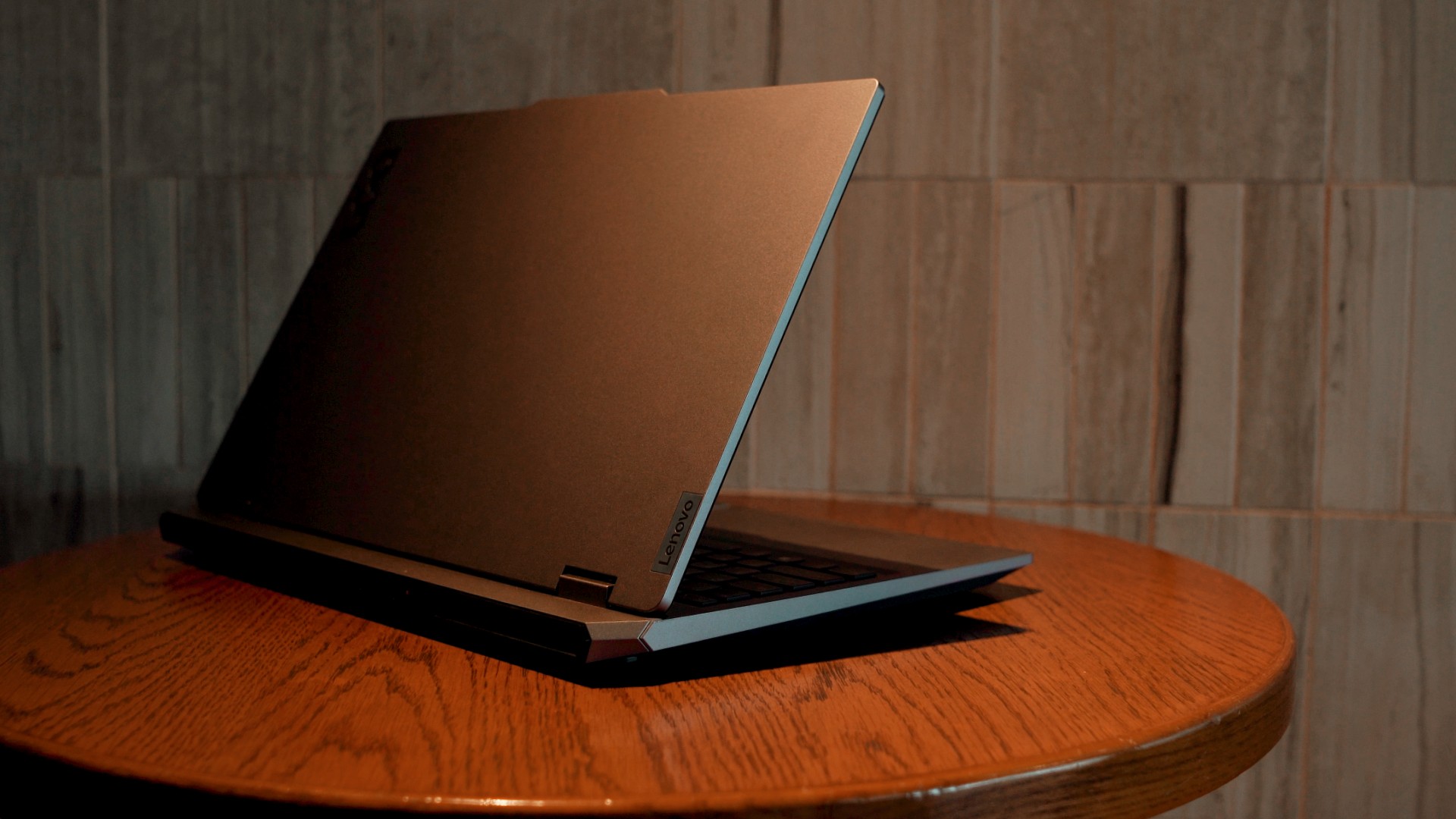
Get your game on with the Lenovo LOQ 2024. This capable laptop is your entry point to PC Gaming and a lot more.
It comes an absolutely affordable price point: PhP 48,995.
You get capable hardware and the hood to support gaming and more. The Lenovo LOQ 15IAX9I runs on the 12th Gen Intel Core i5 processor and Intel Arc Graphics.
Those are key to bringing unreal graphics to this segment. Supporting latest tech like DirectX 12 Ultimate, players are able to enjoy high frame rates on the Lenovo LOQ.
Creating content? It comes with AI Advantage to help boost performance. Engines and accelerators boost the media processing workloads especially for creatives. It also works with Intel’s X Super Machine Learning, Leading to images that are as close to reality.
The laptop supports a configuration of up to 32GB of RAM and 1TB of SSD Storage.
As for its display, the device has a large 15.6-inch, Full HD panel that is more than enough for gaming, video editing, content consumption, and whatever else you do on a laptop. This display has 144Hz refresh rate, 300 nits brightness, and anti-glare.
Videos come out clear, crisp, and realistic. Audio is punchy and as loud as it gets. Windows Sonic elevates it more when you use headphones. And it just takes a few minutes to render HD videos on editing software.
As it runs on Windows 11, if you are going to use it for work, you can take advantage of various features. The Lenovo Vantage Widget is there for constant reminders, Copilot will help you organize your tasks, and Microsoft Edge is there for casual browsing.
There is an assortment of ports at the back for easy connectivity. And as this is meant for gaming, we put it to the test. Racing that looks better with high frame rate? Check. Shooting titles that require heavy work? Not a problem. You can play all your favorites and not worry about performance.
Best of all, it takes less than an our to juice up this laptop all the way to 100%.
So, whether you’re looking to get started with PC Gaming, or an upgrade for work and entertainment needs, the Lenovo LOQ has you covered.
This feature is a collaboration between GadgetMatch and Lenovo Philippines.

With all the options available in the market, shopping for TVs can get overwhelming.
One brand Michael Josh recommends whenever someone asks? It’s none other than Samsung.
They have TVs for every price point and every feature a user might prioritize.
But which one is right for you?
Keep watching our 2024 Buyer’s Guide to find out the latest Samsung TV that best matches your needs.
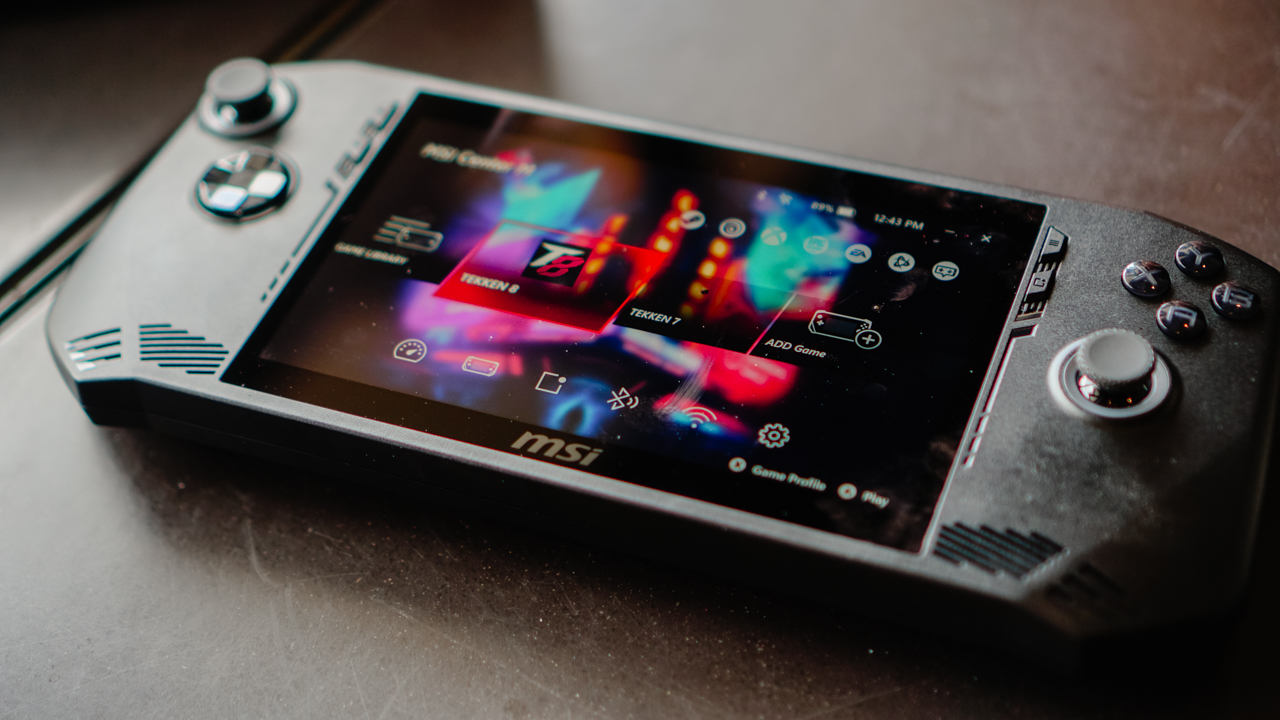
The MSI Claw is the latest gaming handheld from a major PC and laptop brand. The competition in this emerging gadget segment is tighter than ever. So, what is it about the MSI Claw that can scratch your gaming itch? Here’s a quick list.
Best grip in the game
One quick glance and it’s hard not to compare the claw with another popular gaming handheld. But a closer look and actually holding the thing will reveal that its grip easily feels better.
It has a slightly deeper groove that makes it easier to hold. So, MSI’s “Grip and Game” tagline isn’t all talk. Its design truly does provide one of the better feeling handles among its competition.
The overall design makes sure it’s made for extended gameplay sessions. The buttons are where you expect them to be. That includes the four mini buttons on the upper edges of the screen. These are the View, MSI Center M, Menu, and Quick Settings buttons.
In addition, the face buttons and d-pad all feel great. The face buttons, in particular, feel comparable to those of regular console controllers.
The rest of the buttons and triggers have a very satisfying tactile feel. It also uses Hall Effect technology to get rid of any stick drift issues.
Up top, you’ll find the power button, MicroSD Card slot, Thunderbolt 4 USB-C port, audio jack, and the volume buttons. These are intuitively placed and just makes sense given the overall design approach.
As cliché as it sounds, you’ll really think you got your money’s worth once you hold, touch, press, and grip the MSI Claw.
Dragon Vision
Now, MSI isn’t really calling it that but I thought it sounds pretty cool. A big part of the whole gaming experience is the display. Balancing resolution and frame rates is always tricky but the MSI Claw does it convincingly.
With this gaming handheld, you get a 7-inch display with a 120Hz refresh rate. Looks great on paper and it’s even better in real life. It’s the sweet spot in terms of both size and performance. There’s enough here to immerse you all while delivering a satisfying level of crisp and smoothness.
It’s comfortable to view whether you’re on the couch, on a desk table, or lying down getting a quick game in before you get some shut-eye.
Battery Life
At 53Whr, the MSI Claw has a 36% larger battery capacity than its contemporaries and promises 50% more play time.
MSI claims “elevated performance with extended endurance” using the Claw with faster charging capabilities.
These percentages are hard to measure in real life usage. What we can say for certain is that you get the expected performance and playtime typical of a handheld. That’s a little under two hours for graphically demanding titles, and close to four hours on less demanding ones.
The charging claim is legitimate. The MSI Claw juices up faster than most other handhelds, going from 20% to 100% in about a little over a K-Drama episode (roughly a little over an hour).
MSI Center M
Any self-respecting gaming handheld has its own software to make navigating the thing more manageable. While its direct competitors have an armoury crate and a space, MSI went with Center M.
The best part about MSI Center M is it puts your installed games front and center. Right when it launches, you get immediate access to the titles you have available on your machine.
MSI Afterburner is already the most commonly used app for taking a look at how your machine is performing while you play. That functionality is built-in to the MSI Claw. You can access it view the Quick Settings buttons.
Layout and functionality-wise, the MSI Center M is certainly one of the better Gaming Handheld softwares available right now.
Competitive Performance
A defining trait of the MSI Claw is that It’s the first gaming handheld to be powered by Intel Core Ultra. With it comes Intel XeSS tech. What it does is leverage AI upscaling to boost the fps of select titles.
As of launch, 50 notable games are supported. That number will certainly grow throughout the device’s lifespan. Some of the titles include Hi-Fi Rush, Dying Light 2, Forza Horizon 5, Call of Duty Warzone 2.0, Returnal, and many, many more.
Naturally, results will vary depending on the game mode you’re using. But in general, AAA games get anywhere between 10% to 45% better frame rate performance with Intel XeSS.
For our part we played TEKKEN 8 and the recently launched Horizon Forbidden West. Both graphically demanding games played relatively well on the MSI Claw. Frame rate performance on TEKKEN 8 is crucial and we got a relatively consistent fps, never dropping below 40.
Horizon Forbidden West is a much more graphically demanding game. We were able to run it in Medium Settings and while it doesn’t look as incredible, it still played relatively well with a frame rate surprising for a gaming handheld.
Extras
MSI made sure that if you wanted to, you could get some extra stuff with the MSI Claw. Its separately sold accessory set includes the Claw Travel Case, Nest Docking Station, Claw Lanyard, and Claw Keychain.
On paper, the MSI Claw lists its ergonomic design, AI Engine, and App Player as distinct advantages over its competition.
Whether it’s the Gaming Handheld that matches your needs is still ultimately up to you. If you have the opportunity to test drive the device, we suggest you do so. That might just solidify your purchase decision.
Price and availability in the Philippines
The MSI Claw will be available in three configurations in the Philippines. There are priced as follows:
MSI Claw A1M-075PH (PhP 45, 995).
- Intel® Core™ Ultra 5 processor 135H
- 512GB NVMe PCIe Gen4x4
- LPDDR5 16GB, dual channel
- Intel® Arc™ Graphics
Claw A1M-076PH (PhP 50, 995).
- Intel® Core™ Ultra 7 processor 155H
- 512GB NVMe PCIe Gen4x4
- LPDDR5 16GB, dual channel
- Intel® Arc™ Graphics
Claw A1M-077PH (PhP 53, 995).
- Intel® Core™ Ultra 7 processor 155H
- 1TB NVMe PCIe Gen4x4
- LPDDR5 16GB, dual channel
- Intel® Arc™ Graphics
Ongoing Promotion
You can still get your own MSI Claw with exclusive bundled freebies 𝐄𝐗𝐓𝐄𝐍𝐃 until 𝐀𝐩𝐫𝐢𝐥 𝟑𝟎, 𝟐𝟎𝟐𝟒!
This feature article is a collaboration between GadgetMatch and MSI Philippines.
-

 Features1 week ago
Features1 week agoFortify your home office or business setup with these devices
-

 Events2 weeks ago
Events2 weeks agoStellar Blade: PlayStation taps cosplayers to play Eve for game’s launch
-

 Gaming2 weeks ago
Gaming2 weeks agoThe Rogue Prince of Persia looks like an ultra-colorful roguelite
-

 Accessories2 weeks ago
Accessories2 weeks agoLogitech unveils G Pro X 60 gaming keyboard: Price, details
-

 Gaming2 weeks ago
Gaming2 weeks agoStar Wars Outlaws release date revealed
-

 Reviews1 week ago
Reviews1 week agorealme 12+ 5G review: One month later
-

 Gaming2 weeks ago
Gaming2 weeks agoLenovo confirms development of a Legion Go 2
-

 Deals2 weeks ago
Deals2 weeks agoTCL P635 TV: Big savings for TCL’s anniversary

